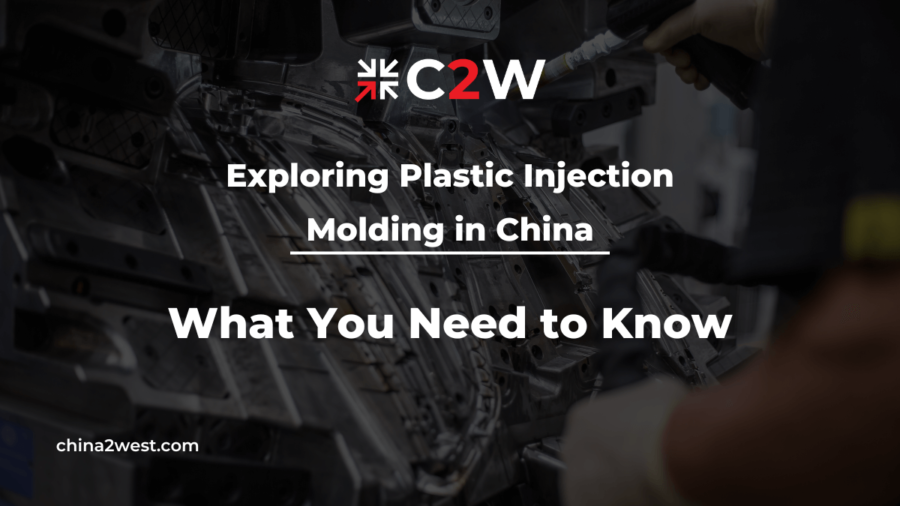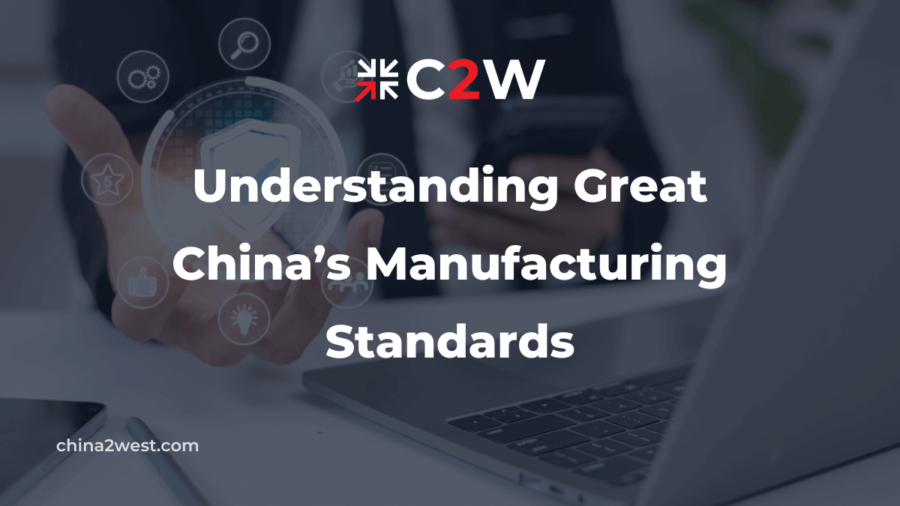Plastic molding in China has revolutionized the manufacturing industry, offering a plethora of benefits such as efficiency, innovation, and cost-effectiveness. As a global manufacturing powerhouse, China has solidified its position as a leader in plastic injection molding. In this guide, we will delve into the intricacies of plastic molding within China, exploring the methods, advantages, challenges, and key factors to consider when navigating this complex industry.
The Basics of Plastic Molding in China
Plastic molding in China utilizes a specialized manufacturing process where plastic resin is heated until molten and then injected into a precise mold cavity. This technique is pivotal in fabricating a wide array of plastic components and products that are integral to various sectors, including but not limited to the automotive, electronics, and packaging industries. The country’s infrastructure for this manufacturing method is highly developed, leveraging cutting-edge technology alongside a proficient workforce to meet both local and international demands.
This process begins with the selection of suitable plastic resins, which are then subjected to a heating procedure until they reach a liquid state. Following this, the molten plastic is propelled into a mold at high pressure, ensuring the material conforms to the mold’s shape and intricacies. After cooling and solidification, the mold is opened to release the finished product. This method is celebrated for its ability to produce components with complex shapes and fine details with remarkable consistency.
Methods of Plastic Injection Molding Used in China
The manufacturing sector in China is renowned for its ability to innovate and scale, particularly in the realm of plastic production. A key aspect of this capability lies in the diverse methods of plastic molding that the country has mastered and continues to evolve. This blog delves into the primary plastic molding techniques used in China, explaining their processes, applications, and the reasons behind their widespread adoption in the industry.
1. Injection Molding
Injection molding is arguably the most prevalent form of plastic molding used not only in China but globally. This method involves injecting molten plastic material into a mold at high pressure. It is favored for its ability to produce large volumes of complex and intricate parts with high precision. The automotive, consumer electronics, and household goods sectors heavily rely on this technique due to its efficiency and the high quality of the final product.
2. Blow Molding
Blow molding is predominantly used for creating hollow plastic parts such as bottles, containers, and other similar items. The process involves heating a plastic tube until it becomes malleable, then inflating it inside a mold using air pressure, much like blowing up a balloon. The simplicity of the process and the ability to rapidly produce large quantities of products make it ideal for the food and beverage industry.
3. Extrusion Molding
Extrusion molding is a process used to create long, continuous shapes like pipes, tubes, and sheets. Plastic material is melted and pushed through a die of the desired shape in a high-volume manufacturing process. This method is particularly valued in the construction and packaging industries.
4. Rotational Molding
Also known as rotomolding, rotational molding involves a heated hollow mold which is filled with a charge or shot weight of material. It is then slowly rotated (usually around two perpendicular axes), causing the softened material to disperse and stick to the walls of the mold. Upon cooling, it forms a hollow part.
5. Thermoforming
Thermoforming involves heating a plastic sheet until soft and then draping it over a mold. A vacuum is applied to suck the sheet into the mold. The process is highly efficient for producing disposable cups, containers, and trays. Given China’s expansive food industry and growing demand for single-use products, thermoforming plays a critical role in the country’s plastic molding landscape.
5 Key Factors to Consider When Choosing a Plastic Molding Partner
Identifying the right plastic molding partner in China demands a thorough evaluation of several crucial aspects to ensure the success and quality of your manufacturing projects.
Expertise and Experience
Foremost, investigate the manufacturer’s specific experience and technical prowess in the plastic molding sector. Understanding their track record and the complexity of projects they’ve managed can offer insights into their capability to handle your requirements.
Quality Assurance and Certifications
Equally important is assessing their commitment to quality control. Inquire about their certifications (such as ISO standards) and the measures they take to maintain high-quality outputs. This could include their procedures for material testing, product inspection, and quality assurance processes throughout the manufacturing cycle.
Production Capabilities
Consider the scalability of their production capabilities. Your chosen partner should be able to adapt to fluctuating demands without compromising on delivery times or product quality. Understanding their machinery, technology utilization, and workforce proficiency is vital to gauge their production efficiency and flexibility.
Pricing and Cost Effectiveness
Competitive pricing is important, but it should not compromise the quality. Get detailed quotes that include all costs such as tooling, production, and any additional fees for customization or rush orders. Compare these with other providers to ensure you are getting the best value for your money.
Communication and Support
Lastly, delve into their commitment to innovation and sustainability, as these factors are increasingly becoming differentiators in the global market. A partner invested in eco-friendly practices and technological advancements indicates a forward-thinking approach that can benefit your projects long-term. If you are seeking a more comprehensive solution to optimize your production, contact our team at C2W today to discuss how our innovative strategies can enhance efficiency and boost your bottom line.


